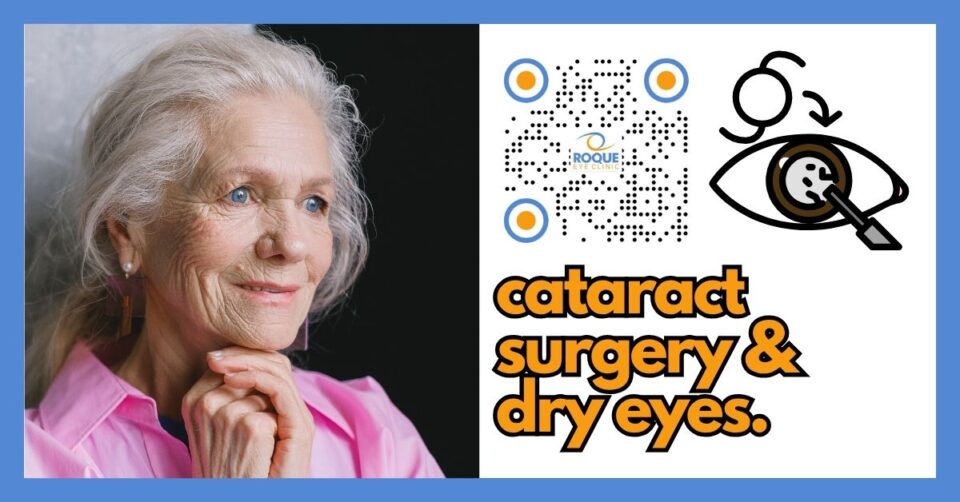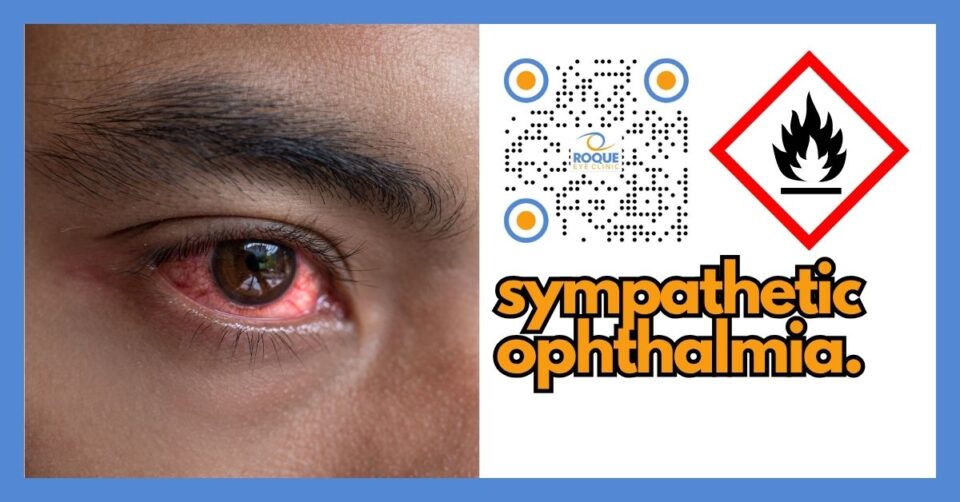Key Learning Points
-
Cloudy vision is a symptom, not a disease. Identifying the root cause is the first step toward clear sight.
-
The top causes include cataracts, dry-eye disease, corneal swelling or scarring, uncontrolled diabetes, inflammation, medications, and post-surgical capsule clouding.
-
Most causes are treatable—from lubricating drops to sight-restoring cataract surgery.
-
Early eye-checkups catch silent problems before they blur vision permanently.
-
Simple habits—UV-blocking sunglasses, blood-sugar control, frequent blinking, and smoke-free living—prevent or slow progression.
Introduction – “Why does everything look like a misty morning?”
Imagine taking a photo through a fogged-up camera lens. The shapes are there, but the details are washed out. That is exactly how cloudy vision feels. It can creep in slowly, like morning dew on your eyeglasses, or appear overnight after an injury or infection. Understanding why the view turned cloudy empowers you to clear it—or keep it from fogging up again.
What Is Cloudy Vision?
Cloudy vision is a decrease in visual clarity that makes objects look milky or hazy rather than sharply defined. It differs from simple “blur” (which usually improves when you refocus or change glasses) because the quality of light entering the eye is disturbed—not just the focus.
Common Causes (and How Each Creates Cloudiness)
1. Cataract – “The Cloud Inside the Lens”
A cataract is a protein “clump” that turns your normally crystal-clear lens into frosted glass. Cataracts are the world’s leading cause of reversible cloudy vision.
Quick Facts
-
Slow, painless progression
-
Glare and halos at night
-
Colors appear faded
Treatment: Outpatient phacoemulsification and modern intra-ocular lens (IOL) implantation restore clarity within minutes.
2. Dry-Eye Disease – “The Tear-Film Distortion”
Every blink spreads a fresh tear film over your cornea to create a smooth optical surface. If the film breaks up too quickly, vision smears like a camera smeared with fingerprint oil. Lifestyle stressors (screen time, air-conditioning, hormonal changes) magnify the problem.
Treatment: Preservative-free lubricants, warm-lid massage, omega-3 diet, intense-pulsed-light (IPL) or low-level-light therapy for the oil glands.
3. Refractive Errors – “Out-of-Focus & Hazy”
Severe uncorrected nearsightedness, farsightedness, or astigmatism can scatter light rays and feel cloudy. A new prescription or laser vision correction usually sharpens the picture.
4. Corneal Edema or Opacity – “A Fogged Windshield”
Swelling after injury, infection, or surgery causes the cornea to look as though steam settled on glass. Long-standing scarring can permanently block light. A systematic review suggests well-planned keratoplasty can rehabilitate vision in dense corneal opacities.
5. Posterior Capsule Opacification (PCO) – “After-Cataract Cloud”
Months to years after cataract surgery, leftover lens cells can film over the lens capsule. A Cochrane review of IOL designs shows square-edged optics reduce this risk. A painless, 5-minute YAG-laser polish clears it instantly.
6.Diabetes-Related Macular Edema & Retinopathy
Excess blood sugar weakens retinal blood vessels, leaking fluid that blurs central sight. Network meta-analysis shows anti-VEGF injections significantly improve clarity.
7. Vitreous Floaters & Inflammation
Debris or inflammatory cells in the gel (“vitreous”) can drift across the visual axis like smoke. Most floaters fade into the background; sudden showers with flashes need urgent retinal evaluation.
8. Medications & Systemic Conditions
Steroids, antimalarials, or uncontrolled blood pressure may trigger cloudiness. Always tell your eye doctor all medicines you take.
Symptoms Checklist
-
Milky or smoky veil over vision
-
Glare, halos, starbursts from lights
-
Colors look dull
-
Frequent changes in glass prescription
-
Eye discomfort, tearing, or dryness
-
One-eye fog (cover each eye separately to compare)
Seek care immediately for sudden vision fog with pain, red eye, flashes, or curtain-like shadow.
How We Diagnose Cloudy Vision at Roque Eye Clinic
-
History: Timing, triggers, associated diseases.
-
Visual-Acuity & Contrast-Sensitivity Tests
-
Slit-Lamp & Dilated Fundus Examination: To catch cataract, corneal issues, retinal swelling.
-
Optical Coherence Tomography (OCT): Microscopic retinal and corneal scan.
-
Special Tests: Tear-film break-up time, corneal pachymetry, specular microscopy.
Treatment Options (Cause-Based Roadmap)
| Cause | First-Line | Advanced |
|---|---|---|
| Cataract | Glasses-update, brighter lighting | Phaco + IOL (Premium, Toric, EDOF) |
| Dry-Eye | Lubricant drops, screen-time breaks | IPL, LipiFlow, punctal plugs |
| Corneal Edema | Hypertonic saline, steroids | DMEK/DSEK, penetrating keratoplasty |
| PCO | None—wait | YAG-laser capsulotomy |
| Diabetic Macular Edema | Glycemic control | Anti-VEGF / steroid implants / laser |
| Vitreous Floaters | Observation | Nd:YAG vitreolysis or pars-plana vitrectomy |
| Inflammation | Topical/systemic steroids | Immunomodulators |
Whenever surgery is needed, we keep intra-ocular pressure near 20 mmHg using Active Sentry phaco fluidics to protect your optic nerve and cornea, a safety pearl unique to our operating protocol.
Prevention & Self-Care Tips
-
Wear 100 % UV-blocking sunglasses—think of them as “SPF 50 for your eyes.”
-
Quit smoking; smoke turns the lens yellow faster.
-
Blink-break 20-20-20 rule for digital work.
-
Keep blood sugar, blood pressure, and cholesterol in target range.
-
Eat leafy greens, fatty fish, nuts—the “ocular Mediterranean diet.”
-
Use safety goggles for sports & DIY projects.
Hearing that your lens, cornea, or retina is “cloudy” can feel scary. Remember, clouds are transient—they pass once the sun’s warmth reaches them. In most cases, the “sun” is an evidence-based treatment that we will tailor to your eyes and your lifestyle. You are not alone; my team and I will guide you from diagnosis through recovery, celebrating each crisp letter that returns on the vision chart.
Post-Treatment Healing Guide
-
Follow the drop schedule: Antibiotic + anti-inflammatory.
-
No eye-rub & no water splash for 1 week.
-
Shield at night to avoid accidental bumping.
-
Avoid dusty or smoky environments for 2 weeks.
-
Attend follow-ups: Day 1, Week 1, Month 1, Month 3.
-
Report red eye, pain, or rapid blurring ASAP.
Think of your eye as a hi-definition camera. Cloudy vision means **something on the path of light is smudged**—the lens, the protective glass, the film sensor, or even the air inside the housing. Cleaning or replacing the faulty part brings back 4K clarity.
Frequently Asked Questions
-
Is cloudy vision always a cataract?
No. Dry eye, corneal edema, or retina swelling can mimic cataract haze. -
Will new glasses fix my cloudy vision?
Only if the problem is purely refractive. Opacities need medical or surgical treatment. -
Can cloudy vision get better on its own?
Yes—for example, transient corneal swelling after a long flight often clears within hours. -
How long is cataract surgery?
Around 15 minutes per eye; most patients see brighter colors the very next day. -
Does cataract surgery hurt?
Local anesthetic eye drops numb the surface; you mainly feel gentle water pressure. -
Are there medicines to dissolve cataracts?
No proven eye drops exist yet; surgery remains the gold standard. -
Why is my vision cloudy only in the morning?
Over-night corneal swelling or dry-eye tear-film instability are common culprits. -
Can diabetes clouds be reversed?
With tight sugar control and timely anti-VEGF injections, many patients regain sharp sight. -
I already had cataract surgery—why is my vision foggy again?
Posterior capsule opacification is common and easily fixed with a one-time YAG laser. -
When should I book an eye exam?
Immediately if vision fog is sudden, painful, or one-sided; otherwise, at least yearly over age 40.
Take-Home Message
Cloudy vision is your eye’s way of saying “something is blocking the light.” Pinpointing the cause—often cataract or dry-eye—lets us apply modern, evidence-backed solutions that clear the haze and restore the vivid details of your life. Regular check-ups, healthy habits, and timely treatment keep your world bright.
Bibliography
-
Maedel S, Evans JR, Harrer-Seely A, Findl O. Intraocular lens optic edge design for the prevention of posterior capsule opacification after cataract surgery. Cochrane Database Syst Rev. 2021;8:CD012516. doi:10.1002/14651858.CD012516.pub2. PubMed
-
Galor A, Britten-Jones AC, Feng Y, et al. TFOS Lifestyle: Impact of lifestyle challenges on the ocular surface. Ocul Surf. 2023;28:262-303. doi:10.1016/j.jtos.2023.04.008. PubMed
-
Davidson I, Burton MJ, Gupta N, et al. Keratoplasty to restore vision in trachomatous corneal opacity: A literature review. PLoS Negl Trop Dis. 2024;18(11):e0012535. doi:10.1371/journal.pntd.0012535. PubMed
-
Henein C, Fang CEH, Bokre D, et al. Optical aberrations following implantation of multifocal intraocular lenses: a systematic review and meta-analysis protocol. BMJ Open. 2022;12(8):e059350. doi:10.1136/bmjopen-2021-059350. PubMed
-
Virgili G, Curran K, Lucenteforte E, et al. Anti-vascular endothelial growth factor for diabetic macular oedema: a network meta-analysis. Cochrane Database Syst Rev. 2023;2023(6):CD007419. doi:10.1002/14651858.CD007419.pub7. PubMed
BOOK AN APPOINTMENT
It takes less than 5 minutes to complete your online booking. Alternatively, you may call our BGC Clinic, or our Alabang Clinic for assistance.





